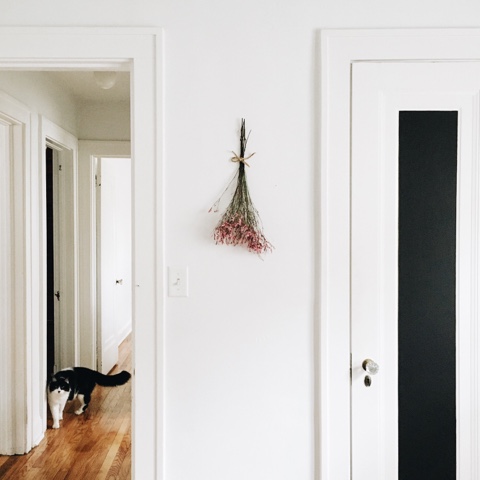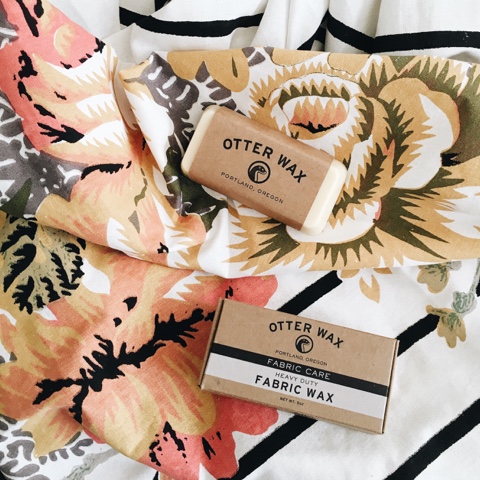I remember as a child rushing through life. I had learned that the faster I did things the quicker I could be finished with chores and on to more interesting things. My father was constantly reminding me to slow down, especially when I would be moving so fast that I would trip or drop something. But it's hard to explain to a young person why it's important to slow down. It's not something that can be accomplished without dedication and intent. It's a conscious way of living that must be learned and appreciated. The gift of slow means you are aware of the world rushing around you without letting it affect you. The next time you get stuck walking or driving behind an older person, instead of getting frustrated and deciding they need to hurry up, take it as a friendly reminder that maybe you need to slow down.
These winter months of shorter days and cold temperatures keeping us indoors are natures way to force us to slow down. If you've chosen this time of year to slow down as a resolution in the new year, here are some areas you should look to change in your life:
Do Less
It's as simple as that. Have you looked at your to-do list lately? Are all of the items on that list nessesary? Do items on that list benefit you enough to take up your time and energy? Even taking one item off that list will make all the difference. Taking that one item off your daily task list will give you more time to slow down and be more focused on the remaining tasks.
Buy Less
If you buy less you can work less. Do you work a second job to be able to afford that second car? Do you even need a second car? Remember that whatever you buy you have to work to be able to afford. Is that second car worth the hours of life spent working to be able to have it?
Consume Less
Our fast lives of 30 minute lunches at work and getting kids to and from sporting events have us eating fast at every meal. We eat so fast that the food hasn't reached our stomach in time to tell us we are full by the time we've overeaten. The slower you eat, the less you will eat because you will be in tune with the signals your body is sending you. If you have a hard time getting used to eating slower, close your eyes and focus on what you are eating without distractions.
Unplug More
Get out of the digital world and be more present in the real world. Did you know that the light from watching TV or looking at a computer screen or electronic device before bed can interfere with your sleep patterns? We are confusing our internal clock with too much stimulation. I know it's hard to believe in the world we live in today, but there are plenty of things you can do with your time that do not require electricity and will benefit your mind much more than taking Facebook quizzes or Snapchatting. Things like reading, taking a walk, meditating, doing yoga, doing a crossword puzzle, playing a board game, playing cards, walking the dog, writing someone a letter, drawing or painting.
Walk More
You don't need a treadmill or gym membership to get exersise and fresh air. Walking around your neighborhood is free and more importantly it will get you out in nature. Even better, go for a walk without your music so you can listen to the sounds you hear and just enjoy the quiet and slowness of life without every silence being filled with ads for things you don't need. Try bird watching or documenting the things you find in a journal.


















































